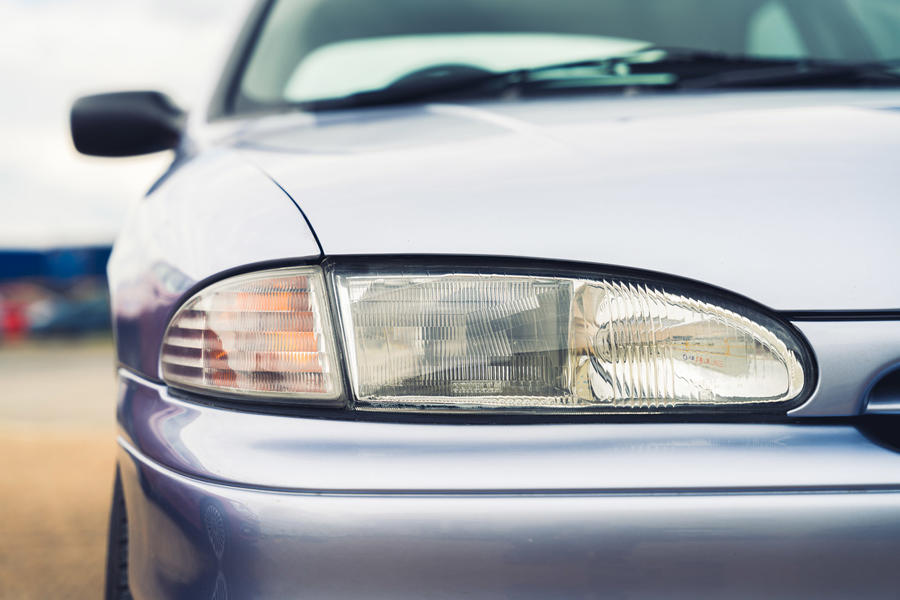Nothing lasts forever. Not even one of the most successful and best-driving family Ford models ever built. Not even a car whose name was once used by the country’s leaders to define a particular variety of British voter. Not even the ubiquitous Ford Mondeo.
Next March, after five million European sales over four generations, and 29 years in production, the Mondeo will disappear from our showrooms. Few buyers will even notice its departure, because few buyers go looking for a Mondeo any more. If you seek a graphic illustration of how radically the car market has changed in three decades, a Mondeo sales graph is well worth a glance.
Back at the beginning of the 1990s, the new Mondeo was billed as the first truly global car, the probable foundation of a huge new success era at Ford. It introduced front-wheel drive, a revolutionary change for a Blue Oval car this big. It ushered in a bold new era of sophisticated design, plus a revolution in driving quality championed by influential, straight-talking young Dunton-based engineer Richard Parry-Jones.
Looking back, Autocar’s own excitement at the Mondeo’s 1993 arrival helps highlight what an important European automotive event it was. Our launch story on 6 January 1993 (part of a staged build-up to the car’s unveiling at the Geneva show in March) consisted of an extremely detailed 12-page technical breakdown of a car the then managing director Ian McAllister described as “the best thing we’ve ever done”. Advanced gadgetry included a driver's airbag as standard across the line-up, 16-valve four-pot engines, promises of V6 and turbo diesel models, seatbelt pre-tensioners and (in some models) traction control and adaptive dampers. Our first drive verdict, published over another 10 pages three weeks after the launch story, carried the cover line ‘Mondeo is king!’ because we’d pitted it against a Nissan Primera, Peugeot 405, Toyota Carina and Vauxhall Cavalier and found its excellent handling, ride, refinement and specification made it a clear class leader.






































Join the debate
Add your comment
I had to have Mondeos as company cars. They were awful and after the third I couldn't take any more, so opted out of the company car scheme. Even though I didn't even get enough money to hire a Mondeo. I couldn't face the prospect of having another.